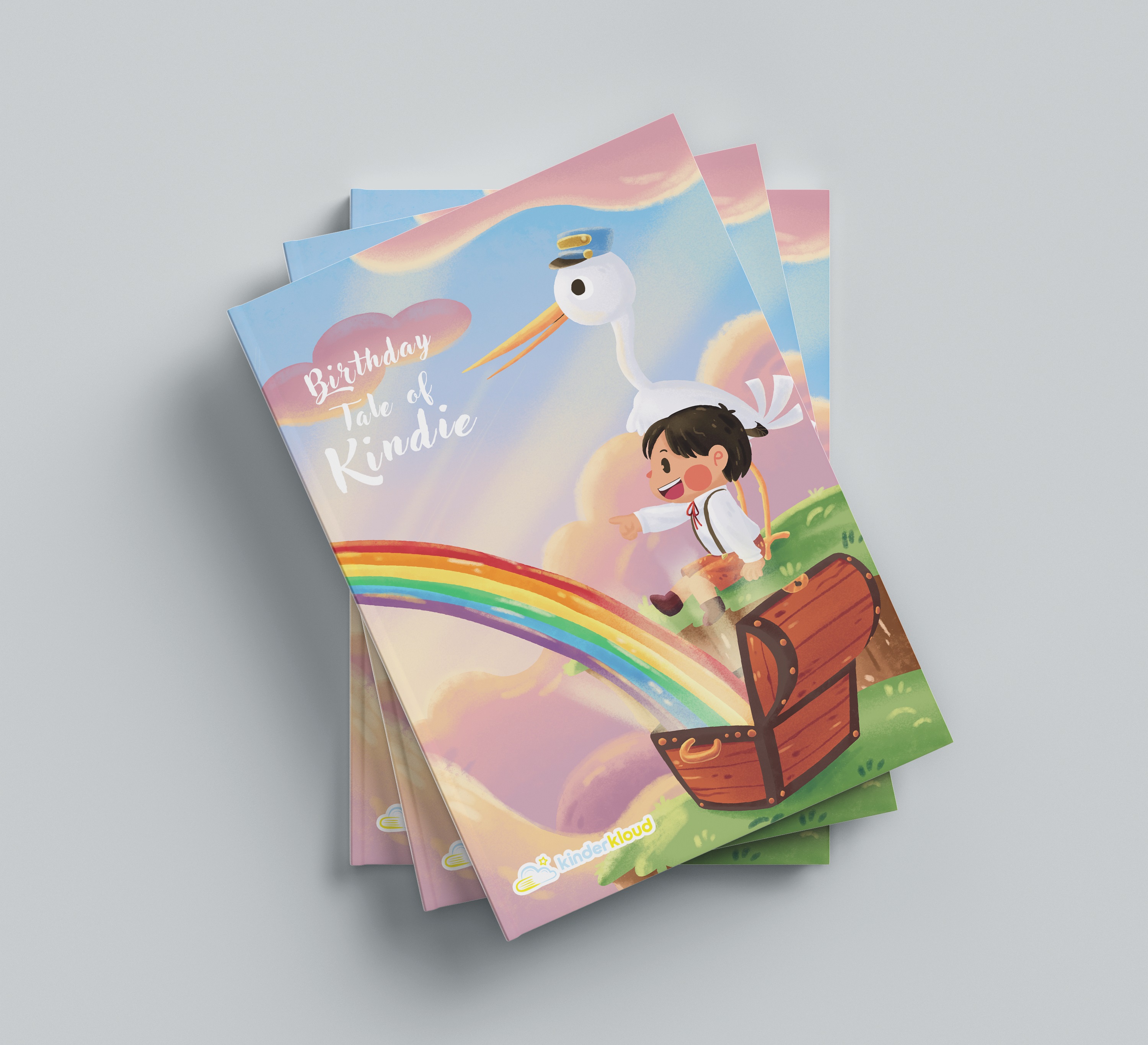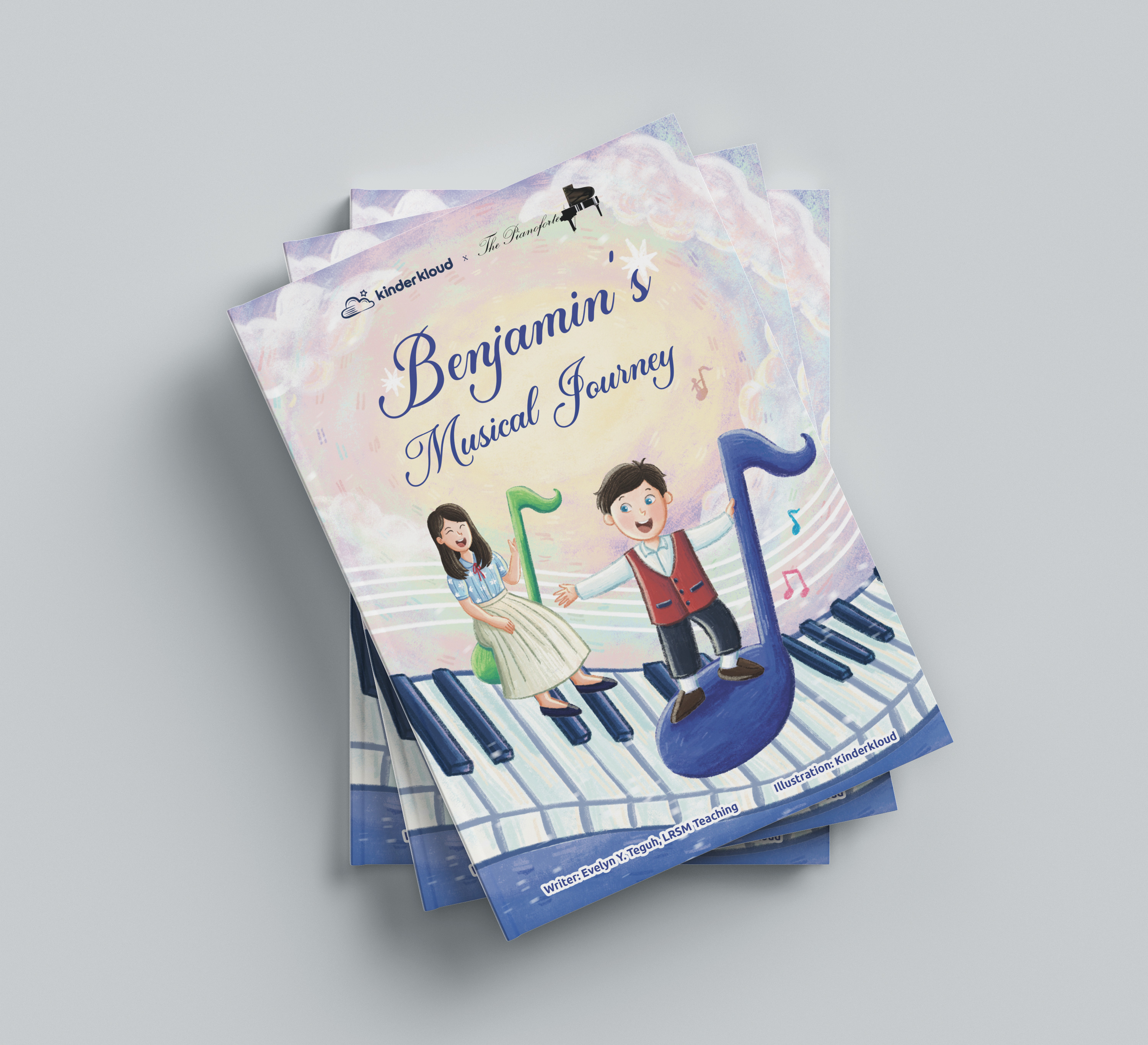Why does my child like to put things in his mouth?

Are you in a situation where you have to be on guard to prevent your child from putting objects in his mouth? Or do you often find that your child always puts something in and even that object is dirty or dangerous? This condition can be a problem when parents are off guard when watching their children. Parents may often be confused about why their child is inserting or biting things. and is that reasonable? Check out the explanation below!
Normal thing?
It turns out that a child who bites or puts something in his mouth is one of the stages of his development. So, if we know the stages of development according to the psychoanalysis proposed by Sigmund Freud, there will be a phase where the focus of child development is on the mouth. The stages of development proposed by Freud refer to sexuality. Freud divided the stages of development into 5 stages of development in which the first stage is called the Oral Stage.
The Oral stage begins from birth until the child is 1 year old. At this stage, the focus of development is on the mouth, so it is normal that your children will explore the world by using their mouths around this age. Therefore, as parents, we need to meet their needs. However, if it continues into the teenage years or is accompanied by a pattern of inserting objects into the mouth on objects that are not natural, then it is advisable to contact a developmental specialist to get the right intervention.
How to Fulfill Children's Oral Needs
Of course, as parents, we can help stimulate children when they are learning to explore the world. Parents can do the following:
1. GiveTeether
Teether is usually in the form of a toy that is specifically designed for baby bites. There are many types and forms of teethers for sale. You can choose a teether made from safe silicon and bright colors. Teethers can be used as everyday baby toys.
2. Sensory Toys
Just like Teether, we can provide oral stimulation to children through sensory toys such as small balls, pops, and so on. For this, make sure sensory toys are safe to bite!
3. Slowly introduce texture with food
The food that children eat can be a medium for children to meet their developmental needs. You can create several types of baby food that have different textures. But for this, it is important to adjust the age and development of the child's organs.
4. Stimulus through the toothbrush!
We can stimulate children's oral hygiene by brushing their teeth. Toothbrushes are not only important for maintaining oral health but can be useful in stimulating children's oral hygiene. Make sure to choose the right toothbrush material so it won’t injure their mouth cavity.
5. IMPORTANT: Be ready and watch!
Apart from the activities above, there may be more incidents where you will find it difficult to control your child. So you can do the following things:
- At home: When you are at home or in an environment that you can control, you can get rid of objects that your baby can reach. Try to keep an eye on your child's movements. Apart from that, you can try to provide a more appropriate stimulus when you are at home.
- Outside the house: When you go out where you cannot control the environment, you can make sure that your child is in a safe place and that it is difficult to reach objects. For example, your baby is placed in a stroller or in a baby chair while eating. You also need to be ready and keep an eye on your child's movements, especially if your child can walk. As a preventive measure for your child to insert objects that are not appropriate, you can bring some sensory toys and teethers so that your child can bite on objects that are more appropriate when outside the house.
By Salsabilatuzzahra Jaha S.Psi from the BehaviorPALS Center
Source :
Cherry (2016). Freud's Stages of Human Development. The 5 Psychosexual Stages of Development by Age. Developmental Psychology. Verywell. https://www.verywell.com/freuds-stages-of-psychosexual-development-2795962?prin
National Center on Early Childhood Health and Wellness. 2016. Healthy Habits for Happy Smiles: Helping Your Baby with Teething Pain. Elk Grove Village, IL: National Center on Early Childhood Health and Wellness.https://www.mchoralhealth.org/PDFs/HHHS_Teething.pdf
Children, Mouthing, Mouth, Teether
Newborn 0 - 6 Months / Newborn 0 - 6 Bulan / Psychological Development / Tumbuh Kembang Psikologis / Education / Pendidikan / Why does my child like to put things in his mouth?
Comments















